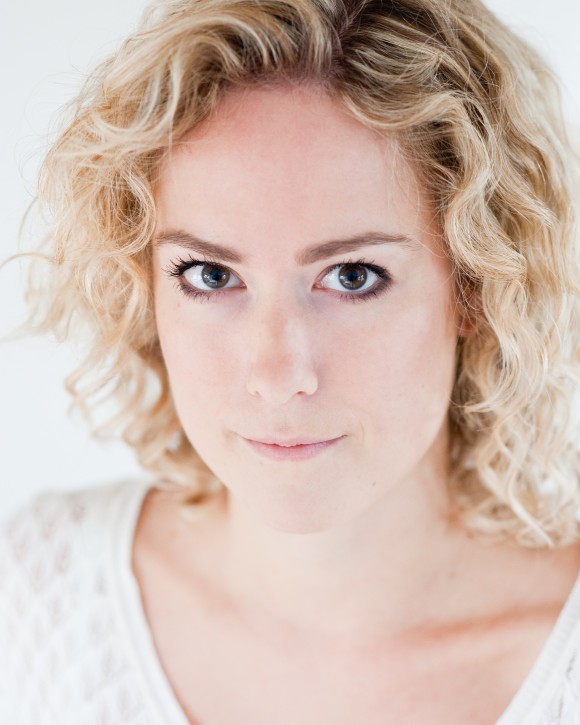The Other Half of Me

What can you tell us about The Other Half of Me?
It’s always been a hard one to summarise but I suppose I’d better start learning how to do it! It’s about a family and their secrets, a man going down the wrong path, a troubled sibling relationship. It’s also about how memory shadows us, always over our shoulder, turning with us when we turn, and how painful that can be if our memory is of what we did wrong.
The Other Half of Me is full of people who want to connect with each other – but keep missing those connections. And in the centre of all that, there’s this incredible bond between siblings Jonathan and Theo. How did you ‘find’ that relationship?
I’m not entirely sure where the idea for the relationship came from initially. My ideas for TOHOM took years to crystallise – even before writing started, so the beginnings are hazy. Jonathan and Theo’s relationship was definitely one of the things that became more and more central as the novel developed. I wanted to show more of the difference between them, fighting it out with their dependence on each other. Really Jonathan and Theo’s relationship can be seen ultimately as another missed connection – their bond damaged by misunderstanding, emotional alienation, and of course Eve’s involvement.
I’m really fascinated by Evendon, the house in which most of the story plays out. When I read the novel, the house seemed to rise up around me, in 3D. How did you go about bringing that to life?
I’m relieved I managed to give the house a feeling of life, as it has never been a real place. Evendon is basically a composite of images and atmospheres that have made an impression on me at one time or another. The exterior, for example, was based on a picture of a house I saw a long time ago, which I can’t even remember very well now.
In terms of the practical considerations of describing an estate of that size I referred to a sketch of the gardens, so that the secret pool, the view of the sea and the woods wouldn’t be shifting disconcertingly around the place. Oddly, I didn’t need to do this with the house – I have an internal idea of its layout that I’ve consistently been able to refer to.
The book moves between two timeframes, a utilitarian present-day, and an almost dreamlike remembered past. How much of that past is drawn from your own memories?
A little. I grew up in a new house in a suburb of a dormitory town, not an isolated mansion, and I’m pleased to say my family are nothing like Jonathan’s. However, a couple of the moments between Jonathan and Theo are very close to moments I’ve had with my younger sister – the theft of the sweets from the corner shop is an example. I’m also acquainted with their corner of Wales as my Aunt lives there, but I didn’t experience it as a child in the way that Jonathan and Theo do.
How did you get published?
I was one of a stack of slush pile manuscripts! I had some help early on from the Literary Consultancy – who I sent my book to initially for advice – but no publishing connections, so I went the route of sending the initial three chapters and a synopsis to agencies. It’s notoriously not an easy or confidence-boosting process, but I think real talent is and will continue to be picked up that way. For example, my agency, Conville and Walsh, has a dedicated reader (the wonderful David Llewelyn), who has discovered several very successful writers.
Could you recommend three other books which would be good companion pieces for The Other Half of Me?
This is not in any way an attempt to claim equal billing with these novelists – but anyone who enjoyed my novel would probably love Margaret Atwood’s The Blind Assassin, Ian McEwan’s Atonement, and Jeffrey Eugenides’ The Virgin Suicides.
Finally, could you choose three pieces of music as a soundtrack for the book?
I actually had a playlist of several songs as I wrote the novel – so, from that list: The National – Anyone’s Ghost, Modest Mouse – Float On, and Superbus – Ca Mousse. Those are probably the ones that were most influential. Actually, can I cheat and add a fourth? – Yeah Yeah Yeahs’ Runaway.